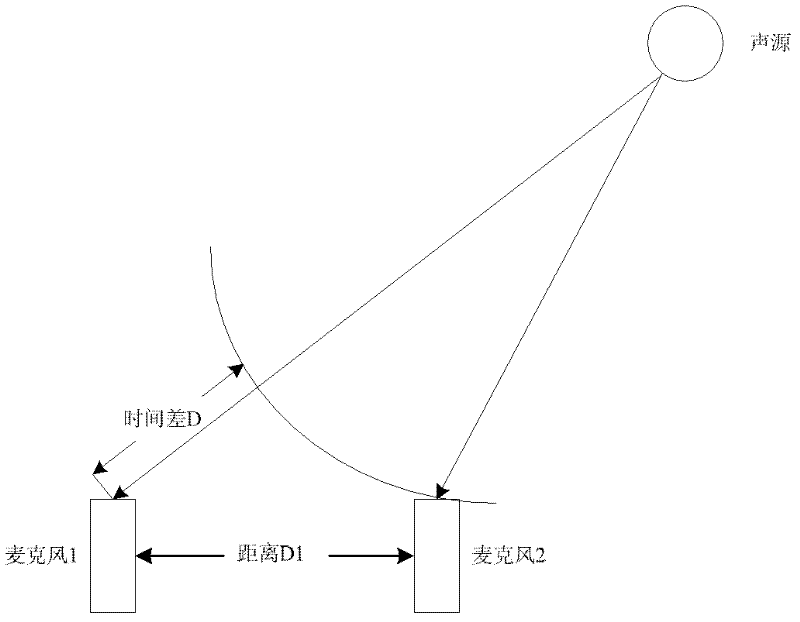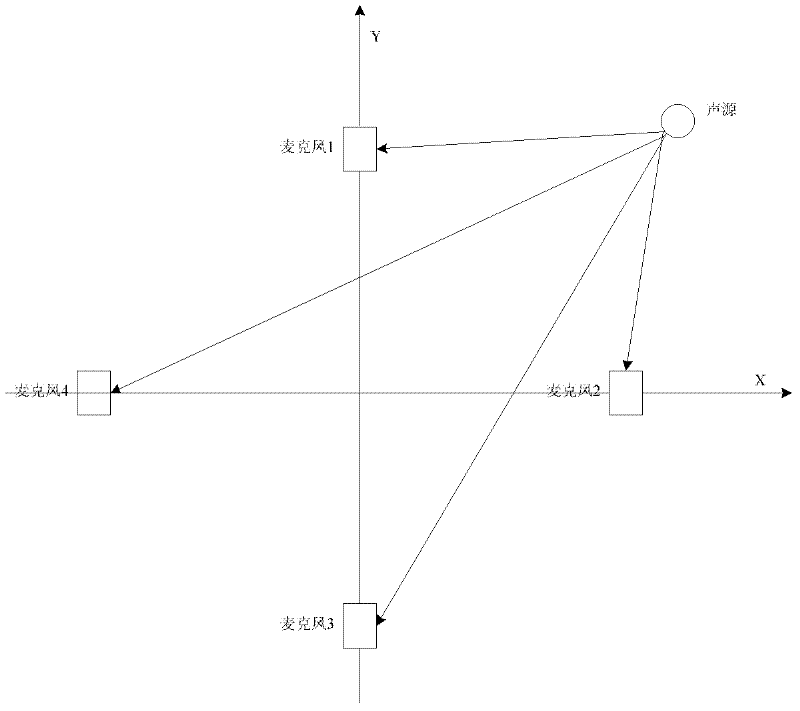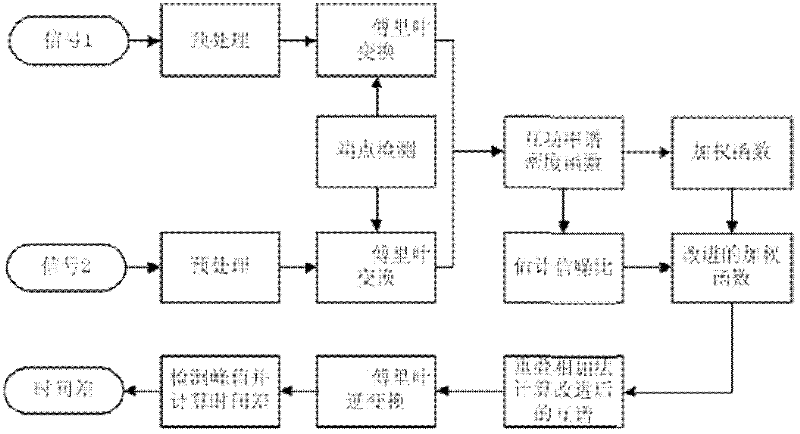Method for positioning sound source by robot
A sound source localization and robotics technology, applied in the information field, can solve the problems of wasting computing cost and time, high complexity, and not considering the characteristics of sound sources, etc.
- Summary
- Abstract
- Description
- Claims
- Application Information
AI Technical Summary
Problems solved by technology
Method used
Image
Examples
Embodiment Construction
[0084] image 3 Shown the realization technology step of the present invention, concrete process is as follows:
[0085] 1. The microphones in the microphone array respectively collect and preprocess the sound source signal, convert the signal into a digital signal, and store it.
[0086] 2. Carry out the endpoint detection of the effective audio signal on the signal collected in 1. In this example, the audio endpoint detection is performed. If there is an effective audio signal, the sound source localization operation will be started. If there is no effective audio signal, the positioning will not be performed. operation. And the collected effective audio signal data is processed in the time domain by frame division, that is, every time a certain amount of data (data with a frame size) is collected, a sound source localization operation is performed.
[0087] A valid audio signal is determined based on the frequency range of the sound source. Taking the human voice positio...
PUM
 Login to View More
Login to View More Abstract
Description
Claims
Application Information
 Login to View More
Login to View More - R&D Engineer
- R&D Manager
- IP Professional
- Industry Leading Data Capabilities
- Powerful AI technology
- Patent DNA Extraction
Browse by: Latest US Patents, China's latest patents, Technical Efficacy Thesaurus, Application Domain, Technology Topic, Popular Technical Reports.
© 2024 PatSnap. All rights reserved.Legal|Privacy policy|Modern Slavery Act Transparency Statement|Sitemap|About US| Contact US: help@patsnap.com










